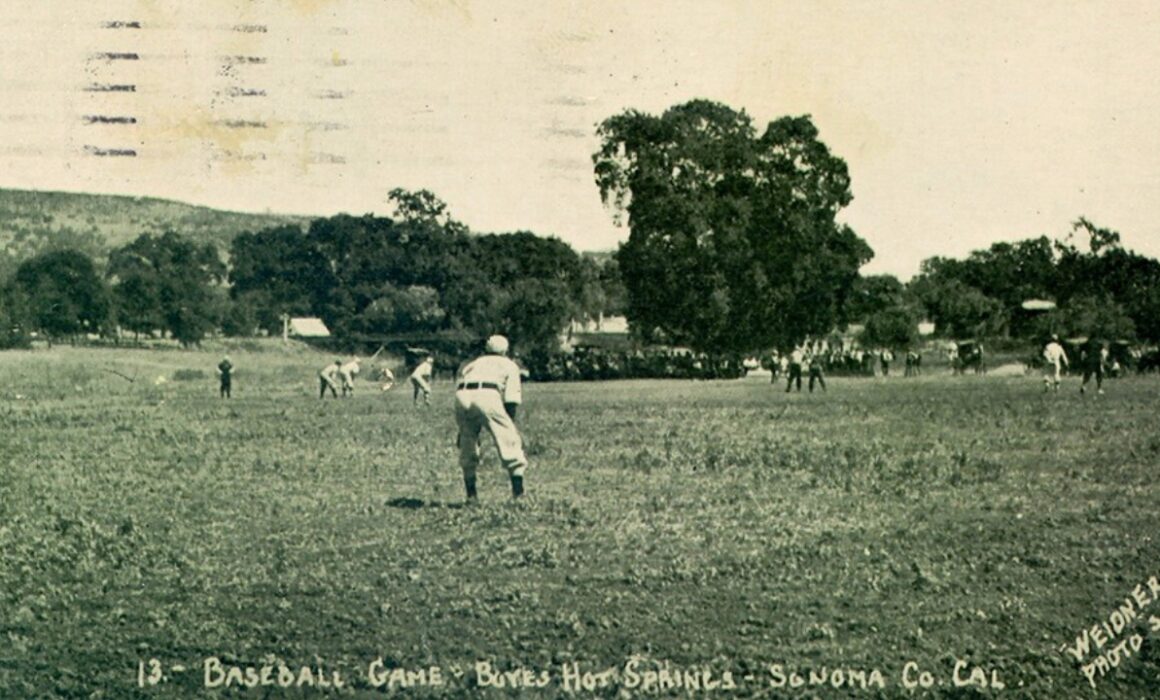Before baseball’s Giants, San Francisco had the Seals
By: Virginie Boone
Most San Francisco Giants fans know that the team originated in New York, arriving in San Francisco in 1958, the same year the dreaded Brooklyn Dodgers relocated to Los Angeles. What many might not know is that before the SF Giants, there was a popular team who played in San Francisco called the Seals.
The Seals were part of the Pacific Coast League (PCL) founded in 1903 that played across the West Coast, with teams from San Diego to Vancouver. The PCL existed because Major League Baseball (MLB) did not have teams west of St. Louis through the first half of the 20th century and there was no such thing as televised baseball games. The PCL often drew bigger crowds than MLB teams however, with a longer season due to better weather, and this was true of the Seals, who by the late 1940s were bringing in 670,000 fans a year.
The Seals originally played at Recreation Park at the corner of 14th and Valencia Streets, which we would consider the Mission District today. They later moved to Seals Stadium at 16th and Bryant south of Market Street, a ballpark they shared with the Mission Reds. The Oakland Oaks were the Oakland team and a frequent foil.
The Seals came north to Sonoma County to Boyes Hot Springs for their spring training, choosing the location after a statewide competition. Exhibition games were played in an eight-acre baseball-minded park built on hotel property with “large swimming tank, hot and cold-water baths, plunges, a gymnasium, and the best climate in California,” as reported in a 1912 edition of the Sausalito News.
The SF Chronicle at the time added, “it seems certain that the Seals will have the largest ball ground in the world.”
The field, known as Fetters Field and later Lichtenberg Field, is said to have lasted through the 1950s next to the Boyes Bath House, being surrounded by the Olive Grove subdivision in 1947 and eventually replaced entirely by housing. The Oakland Oaks also trained in Boyes Hot Springs.
Former PCL and MLB player Sam Agnew (famous for being the catcher for Babe Ruth when he pitched in the 1918 World Series) was on the SF Seals from 1920-1927 and eventually made Boyes Hot Springs his home, opening a Union Oil service station in 1935 at Highway 12 and Vallejo Street (across from present-day Fairmont Sonoma Mission Inn).
The Seals are where a famous trio of brothers got their start – the DiMaggios, Joe, Dom and Vincent, who would go on to major league fame, particularly Joe DiMaggio, a 13-time All-Star and 9-time World Series champion with the New York Yankees, who also happened to marry Marilyn Monroe at San Francisco City Hall.
From 1935-51, the Seals team was managed by former star player and SF native Lefty O’Doul (whose first name was actually Francis Joseph), who had played both in the PCL (for the Seals) and for the MLB Philadelphia Phillies and New York Giants. His era is considered the height of the PCL, and he eventually became the winningest manager in PCL history.
O’Doul is also credited for taking baseball exhibition tours to Japan, training players there in the game and having the Tokyo Giants named in his honor. The Lefty O’Doul Bridge is the one that connects Oracle Park to China Basin and there’s also a gate entrance at Oracle named for O’Doul.
San Franciscans for decades also enjoyed Lefty O’Doul’s Restaurant and Cocktail Bar on Geary Street in Union Square, which he founded in 1958 and ran for years (O’Doul died in 1969). Famous for its hofbrau, piano bar, baseball memorabilia and Bloody Marys, it closed, sadly, in 2017.
The Seals won their last PCL pennant in 1957, soon to be replaced by the MLB teams that came west. The San Francisco Giants played in Seals Stadium for their first two years in the city, bringing superstar-in-the-making Willie Mays with them – he would play for the Giants through 1972. Those first two years Giants Orlando Cepeda and Willie McCovey won back-to-back Rookie of the Year awards.
Candlestick Park became the Giants’ new home in 1960, where such greats as Juan Marichal, Gaylord Perry, and Matty, Felipe and Jesus Alou shined through the 1970s when the team was almost moved to Toronto before Bob Lurie came in to buy it in 1976. In 1989 the Loma Prieta earthquake shook Candlestick during game three of the Giants World Series against the Oakland A’s, with Oakland eventually winning the championship.
In 1992 Lurie sold the team to a new ownership group led by Peter Magowan, promptly signing Barry Bonds to the team, who continued to dominate as a hitter through the team’s move to downtown Oracle Park in 2000 after four decades at Candlestick. Bonds played with the Giants until 2007, the same year he broke Hank Aaron’s record for home runs.
Then came the glory years of 2010 through 2016, when the Giants won World Series in 2010, 2012 and 2014 behind the greatness of manager/wine lover Bruce Bochy and players Tim Lincecum, Edgar Renteria, Buster Posey, Matt Cain, Pablo Sandoval, Madison Bumgarner and so many others.
In the ensuing decade things have gone up and down for the SF Giants, but there’s hope in Posey’s takeover of the team beginning with the 2024 season. We’ll see. But win or lose, the SF Giants are our team, representing over a century’s worth of baseball in the city.
Love the SF Giants, love wine? Consider joining the Giants Wine Club in partnership with Sonoma County Winegrowers, the first-ever MLB wine club focusing on the wines of Sonoma County.
Image By: Sonoma Valley Historical Society


